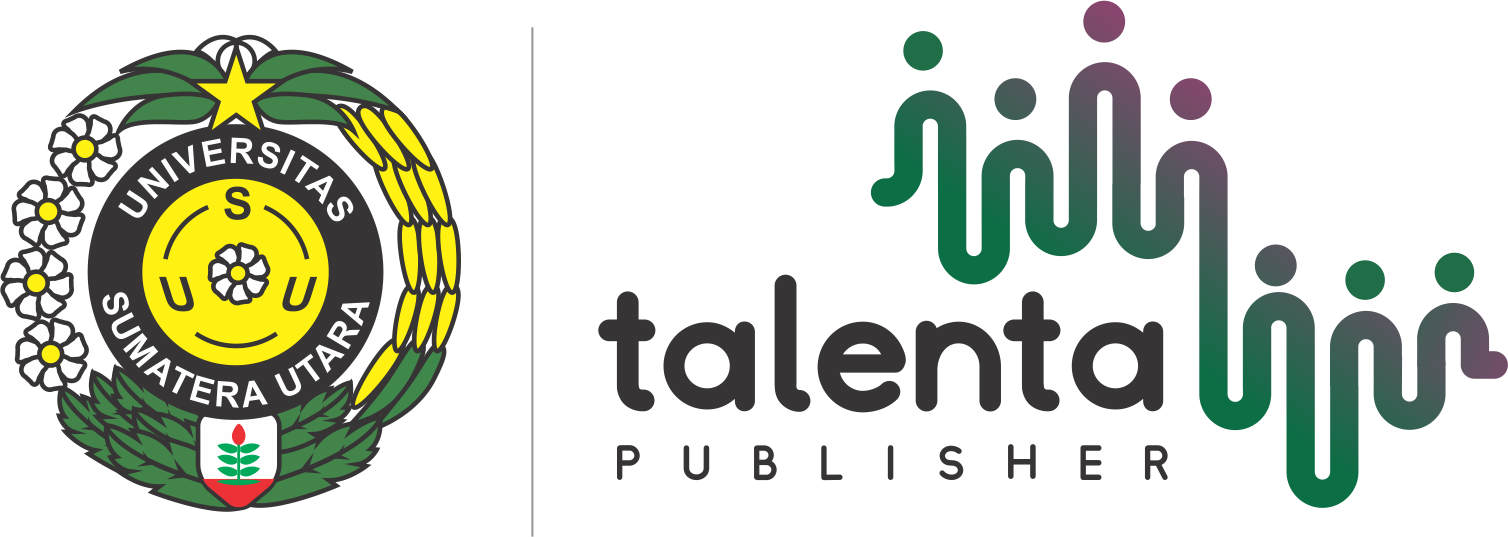Penerapan Metode Double Moving Average (DMA) dan Double Exponential Smoothing (DES) dalam Peramalan Jumlah Produksi di PT. XYZ
| Authors | ||
| Issue | Vol 8 No 1 (2025): Talenta Conference Series: Energy and Engineering (EE) | |
| Section | Articles | |
| Section |
Copyright (c) 2025 Talenta Conference Series: Energy and Engineering (EE)  This work is licensed under a Creative Commons Attribution-NonCommercial-NoDerivatives 4.0 International License. |
|
| Galley | ||
| DOI: | https://doi.org/10.32734/ee.v8i1.2591 | |
| Keywords: | Peramalan Produksi Ragum Time Series Double Exponential Smoothing Double Moving Average Forecasting Vice Production | |
| Published | 2025-07-28 |
Abstract
Dalam dunia industri yang kompetitif, kemampuan meramalkan permintaan secara akurat menjadi fondasi utama dalam mendukung efisiensi perencanaan produksi dan pengambilan keputusan strategis perusahaan. PT. XYZ sebagai produsen ragum menghadapi tantangan dalam memproyeksikan kebutuhan produksi jangka menengah, yang berpotensi menimbulkan inefisiensi operasional. Penelitian ini bertujuan untuk memprediksi jumlah permintaan produksi ragum selama tiga tahun ke depan (2025–2027) dengan menggunakan pendekatan deret waktu (time series), melalui metode Double Moving Average (DMA) dan Double Exponential Smoothing (DES). Proses peramalan dilakukan secara sistematis melalui tujuh tahapan, yaitu (1) merumuskan tujuan peramalan, (2) menyusun diagram pencar dari data historis, (3) memilih minimal dua metode peramalan yang relevan, (4) menghitung parameter dari masing-masing fungsi peramalan, (5) menghitung tingkat kesalahan dari tiap metode, (6) menentukan metode paling akurat berdasarkan nilai kesalahan terkecil, dan (7) melakukan verifikasi terhadap hasil peramalan yang diperoleh. Data produksi ragum tahun 2010–2024 dianalisis untuk mengidentifikasi pola tren linier. Hasil penelitian menunjukkan bahwa metode DES memiliki akurasi peramalan yang lebih baik dengan nilai Mean Squared Error (MSE) sebesar 15,9561 dibandingkan metode DMA dengan MSE sebesar 22,5685. Proyeksi permintaan menunjukkan tren kenaikan yang konsisten hingga akhir 2027. Penerapan hasil peramalan ini memberikan manfaat strategis dalam mengoptimalkan kapasitas produksi, meminimalkan risiko kelebihan atau kekurangan pasokan, serta meningkatkan efisiensi rantai pasok secara keseluruhan. Diharapkan hasil penelitian ini dapat menjadi referensi dalam pengambilan keputusan manajerial yang lebih proaktif dan berbasis prediksi, serta memperkuat daya saing PT. XYZ dalam menghadapi dinamika pasar yang kompetitif.
In the competitive industrial world, the ability to accurately forecast demand is the main foundation in supporting the efficiency of production planning and strategic decision making. PT XYZ as a ragum manufacturer faces challenges in projecting medium-term production needs, which can potentially lead to operational inefficiencies. This research aims to predict the amount of demand for ragum production for the next three years (2025-2027) using a time series approach, through the Double Moving Average (DMA) and Double Exponential Smoothing (DES) methods. The forecasting process is carried out systematically through seven stages, namely (1) formulating forecasting objectives, (2) preparing scatter diagrams from historical data, (3) selecting at least two relevant forecasting methods, (4) calculating the parameters of each forecasting function, (5) calculating the error rate of each method, (6) determining the most accurate method based on the smallest error value, and (7) verifying the forecasting results obtained. The 2010-2024 ragum production data was analyzed to identify the linear trend pattern. The results show that the DES method has better forecasting accuracy with a Mean Squared Error (MSE) value of 15.9561 compared to the DMA method with an MSE of 22.5685. Demand projections show a consistent upward trend until the end of 2027. The application of these forecasting results provides strategic benefits in optimizing production capacity, minimizing the risk of oversupply or undersupply, and improving overall supply chain efficiency. It is hoped that the results of this research can serve as a reference in making more proactive and prediction-based managerial decisions, and strengthen the competitiveness of PT XYZ in the face of competitive market dynamics.





